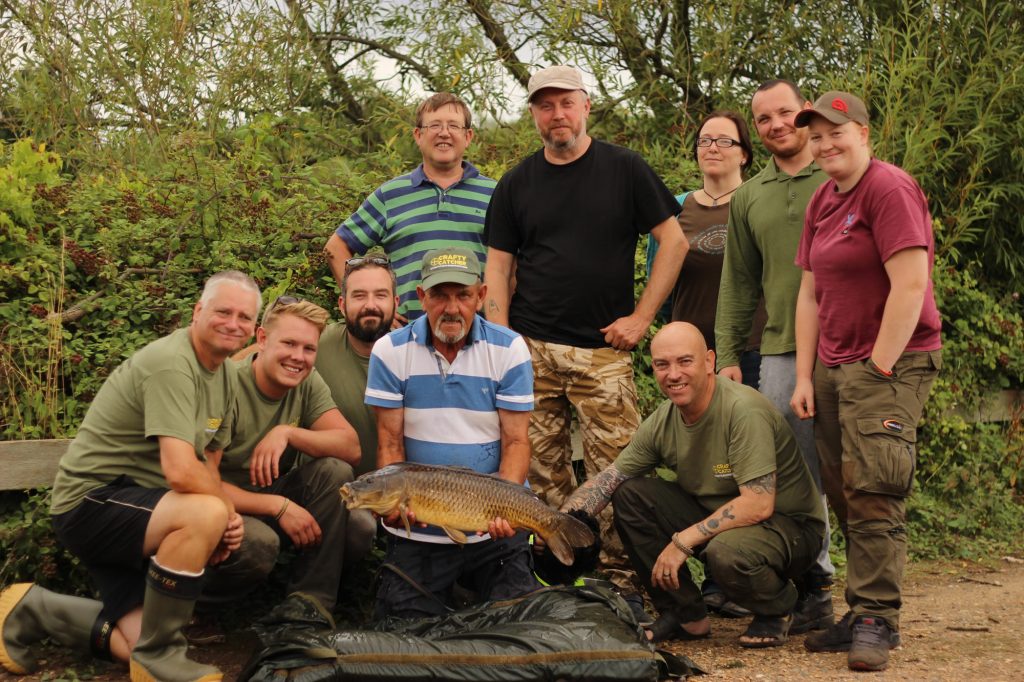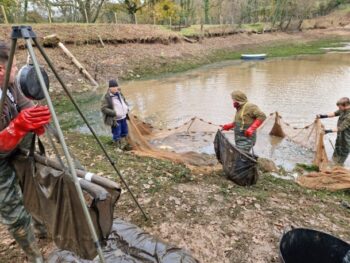
Lines On The Water
FIP Support for Community’s Astonishing Legacy
Since its inception, The Fisheries Improvement Programme (FIP) has supported angling clubs and fishing venues across the country with millions of pounds of rod licence income. This is the story of how the programme supported a local parish council’s decision to develop the ‘unexpected gift’ of four lakes for the benefit of its entire community as well as its local anglers.
It was February 2020, when a parish council in south-west England learned the full extent of the legacy left by a much-loved resident.
John Griss was a dairy farmer who had lived his whole life in the parish of Clayhidon in Devon. Quietly, he had made plans to bequeath his cottage and forty acres of land for the benefit of the community. Included in the bequest were four self-built lakes and the fish John had personally stocked them with.
To ensure this astonishing inheritance would be managed appropriately and respectfully, the recipient parish council registered the John Griss Charity and held a referendum amongst Clayhidon residents to determine the future of the land and its lakes.
John had handed down no stipulations as to onward use, but the referendum determined that the lakes should remain and be developed as a focal point for local people and local angling.
A plan was drawn up to create a community fishery that would enhance the local area and provide the parish council with a direct regular income. One lake would be retained for exclusive use by parishioners. A rigorous tender process determined that two experienced locals who had known John Griss for over 25 years and seen the project grow, would become joint leaseholders. During that time, Rory McMakin had studied Sport Fishery Management and had worked within the industry for 15 years, while Paul Webber had watched and supported closely as John built and developed the lakes. Armed with a generation of knowledge, the new custodians soon knew that some drastic work lie ahead and that funding support would be required.
Rory said: “Most of the fishery was pretty run down. It hadn’t seen any maintenance for probably ten years or more. John hadn’t been in the best of health and so the fisheries had slipped a little bit.”
Site Visit
A site visit from the Institute of Fisheries Management was the prelude to a profiling exercise that determined the exact size, depth and volume of each water and the current state of repair and general health. Surveys confirming the condition of lake beds, vegetation levels and where fish were shoaling added further knowledge to the planning process. A stock audit showed a good head of large carp and general mixed species.
The information they gathered was invaluable in determining a programme of works. General habitat and water condition work was undertaken but there was a more fundamental problem to address.
“When we took the fishery on there was no real access down to any of the lakes and most Sundays, we were getting phone calls from anglers asking to be towed because their vehicles were getting stuck! So, we applied for FIP funding and we were awarded just over £6,000 to put a new track and car park in. To keep costs down, we managed to source some crushed concrete and we used our own digger to scrape back all the turf. We laid some Terram to guard against weed and some fresh stone down the sides for drainage. We then rolled it all in and now we have a track and a car park. That was Phase One and it’s made it a safer spot to go fishing.”
The next stage of structural re-development was waterside.
“The swims were all pretty tired and we had to re-do some steps, handrails and stuff like that,” said Rory. “We applied again in a later round and received £4,800 to support that part of the project.

A collection of new swims were constructed around the venue
Environment Agency Support
“Before we started it all, we spoke with our local Environment Agency Fisheries Officer Jessica Ring and she and a colleague discussed with us what the fishery needed and how we could move forward. Jessica was brilliant. She talked me through the applications and if there was anything I was unsure of she was more than happy to point me in the right direction. We needed three quotes from different sources to support our plan and we’re very happy with the outcome. There is still a lot of work to be done but it’s getting there.”
EA Senior Advisor, Roger Handford said: “The plans the John Griss Charity presented, made support from the Fisheries Improvement Fund an excellent use of some of the income we receive from rod licence purchases. Their application for the lakes in the Clayhidon parish identified precisely what was needed and was fully supported by evidence as to why. We’re delighted the four fishing lakes have been secured for the enjoyment of residents and other anglers for many years to come.”
At the beginning of the project, the charity secured an additional grant from a predation round of the Angling Improvement Fund which supported the installation of an otter fence. Clearly, there was no point planning a commercial proposition if expensive stock was at risk from local predators. Now, with further support from the FIP, the lakes are an angling facility that current and future generations of Clayhidon parishioners can enjoy. It is just as John Griss would have wished.
“He’d be over the moon,” said Rory. “I think he’d be really impressed with what we’ve done. He would have been pleased to know the fish stocks were heading in the right direction too. He always wanted to turn the top lake into a syndicate lake and his dream was to have a forty-pounder in there. We’re getting up that way now.”
John Griss had a dream to bequeath a venue for all. With some hard graft, a community-driven vision and support from the FIP, the dream is now being realised.
———
- The Environment Agency’s Fishery Improvement Programme allocates income received from rod licence sales to projects for the improvement of habitat and facilities for anglers.
- Each year, the Environment Agency receives around £20million which is exclusively ploughed back into projects that enhance and protect angling and its environment.
- When a new round of the FIP is announced, the EA invites applications from angling clubs, fisheries, NGOs, local authorities or other community organisations involved in angling from Monday.
- More information on funding opportunities and how to apply, are available here.
You might also like

What to do if fish are gasping or spawning.…

WORLD CHAMPS GOLD FIRMLY IN THE SIGHTS OF ENGLAND…

We Fish as One supports Pride Month 2025

Sunglasses giant backs Angling Trust

Join in with the Check, Clean, Dry campaign this…

From TikTok to the classroom – Orchard School follows…
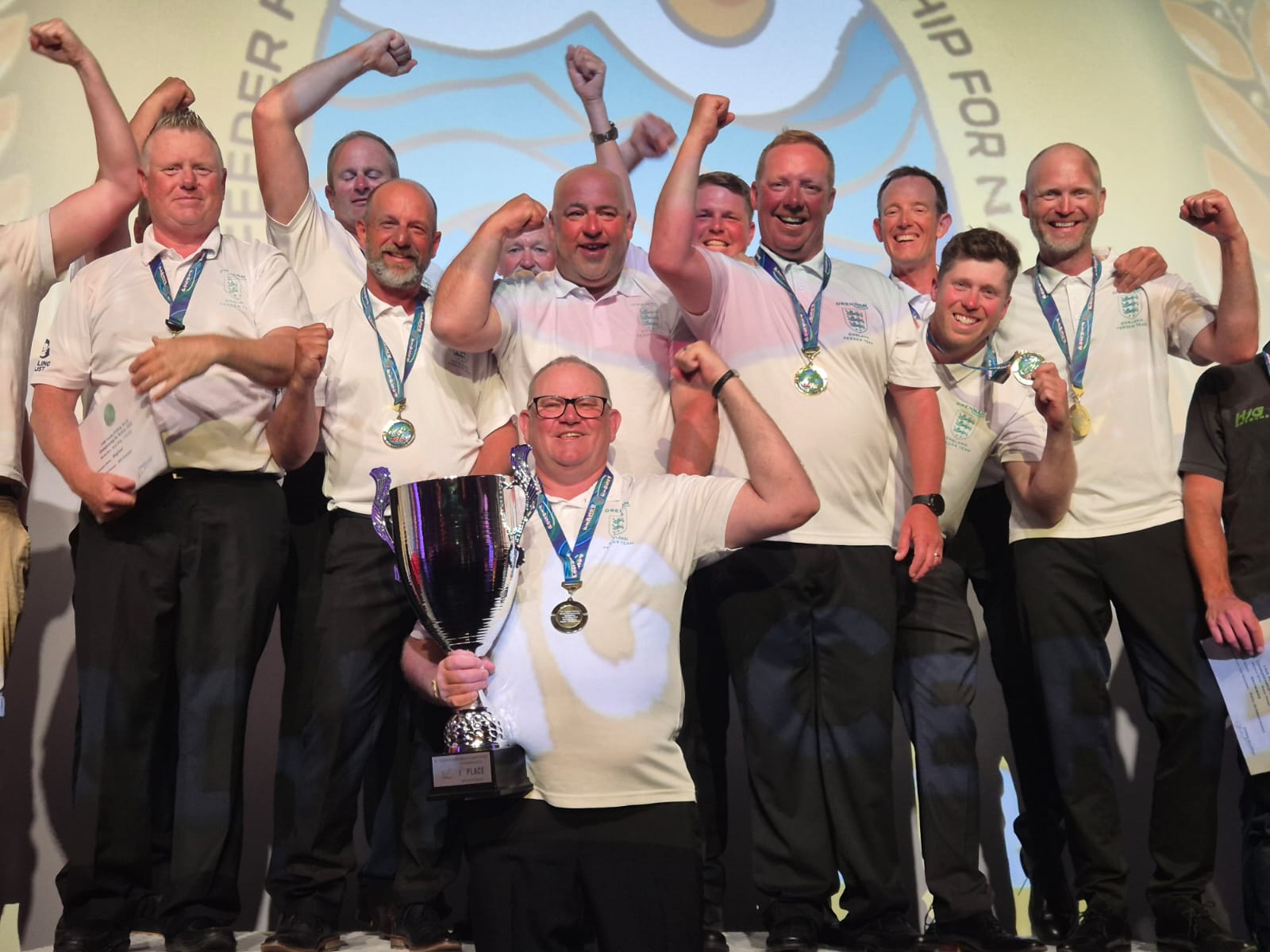
DRENNAN ENGLAND FEEDER TEAM WIN WORLD CHAMPS!

Family fishing at Aston Park Fisheries where have a…

FOURTEEN SIDES ALREADY THROUGH TO SUPERCUP ROUND 2!
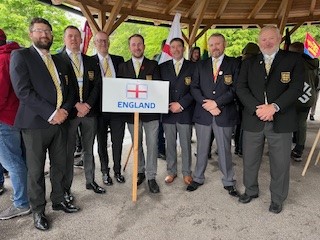
SIXTH FOR ENGLAND AT FLY WORLD CHAMPS

Much needed new European Management Plan for Cormorants moves…
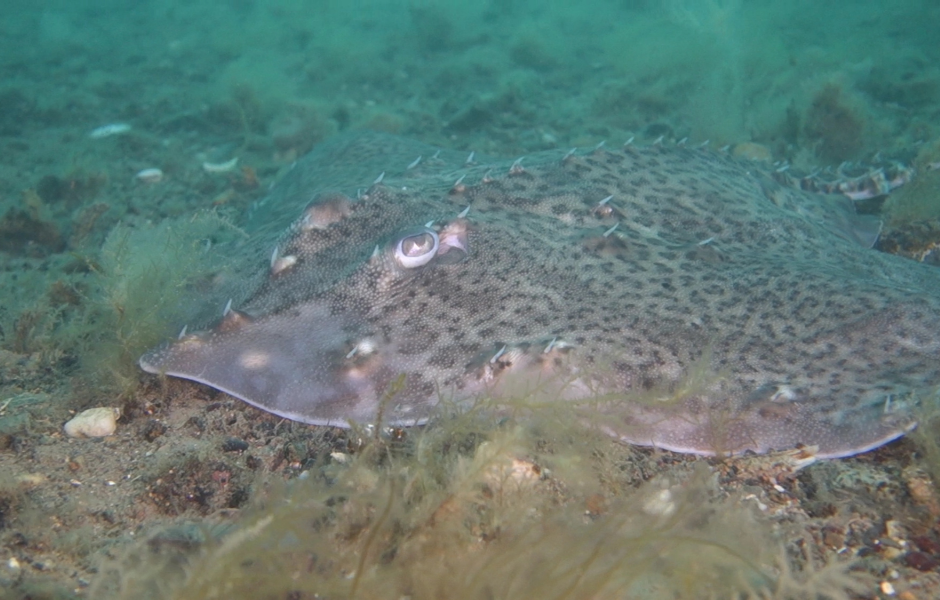
A Turning Tide: Why Ending Bottom Trawling in MPAs…

What to do if fish are gasping or spawning.…

WORLD CHAMPS GOLD FIRMLY IN THE SIGHTS OF ENGLAND…

We Fish as One supports Pride Month 2025

Sunglasses giant backs Angling Trust

Join in with the Check, Clean, Dry campaign this…

From TikTok to the classroom – Orchard School follows…

DRENNAN ENGLAND FEEDER TEAM WIN WORLD CHAMPS!

Family fishing at Aston Park Fisheries where have a…

FOURTEEN SIDES ALREADY THROUGH TO SUPERCUP ROUND 2!

SIXTH FOR ENGLAND AT FLY WORLD CHAMPS

Much needed new European Management Plan for Cormorants moves…

A Turning Tide: Why Ending Bottom Trawling in MPAs…

What to do if fish are gasping or spawning.…

WORLD CHAMPS GOLD FIRMLY IN THE SIGHTS OF ENGLAND…

We Fish as One supports Pride Month 2025

Sunglasses giant backs Angling Trust

Join in with the Check, Clean, Dry campaign this…

From TikTok to the classroom – Orchard School follows…

DRENNAN ENGLAND FEEDER TEAM WIN WORLD CHAMPS!

Family fishing at Aston Park Fisheries where have a…

FOURTEEN SIDES ALREADY THROUGH TO SUPERCUP ROUND 2!

SIXTH FOR ENGLAND AT FLY WORLD CHAMPS

Much needed new European Management Plan for Cormorants moves…








